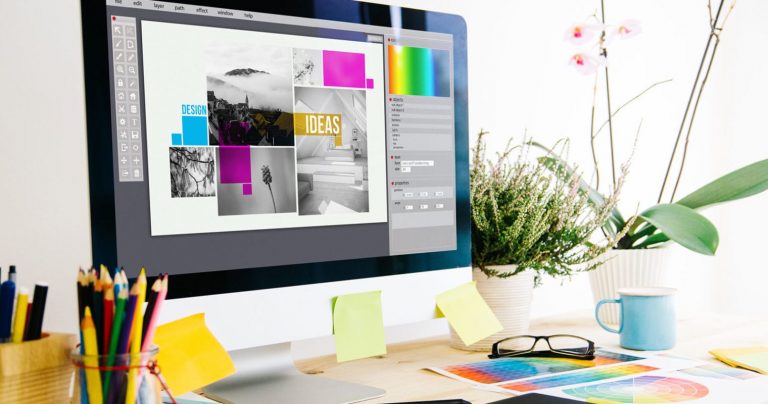How to Build Links Using Testimonials & Reviews
- Be loose with its keywords in all the right places (I’m looking at you first 150 characters), and tight in the rest (now you, 200 words).
- Be high-quality, without sacrificing some level personalization.
- Offer enough trust and authority to survive in the search engines (this one is most important).
This is already a big ask in a testimonial, let alone a product review.
There is an endless array of testimonial links out there for sites, but choosing them gets a little tricker when you go beyond the one-liners.
Luckily, the bandwagon effect is real and a universal favorite for link builders.
The Value of Testimonials & Reviews
It may not be the glamorous infographic you put on display in your blog content, but the trusty stagehand that gets the link building job done.
Reviews and testimonials provide fresh (and frequent) content.
They can signal to the search engines that a page has been updated giving you another opportunity for that page to get crawled and potentially rank higher depending on the quality of that review.
These reviews and testimonials also give you a chance to rank for long-tail keyword terms.
Beyond that, testimonials or review pages add credibility to a brand. You can influence potential customers, users, or clients still in the decision-making phase.
People who testify about your brand’s offerings will also get exposure for their company via linked or unlinked mention of their websites.
Win, win.
How to Gain More Testimonials & Reviews
To get started with this type of link building, find authoritative brands that feature reviews and testimonials on their website.
Also, you can reverse engineer any customers, users, or clients who are featured by your competitor. Put their websites into your favorite SEO tool to find out where they got links from. You now have a solid list of websites to consider pursuing.
Here are a few more ideas you can try out to get more testimonials and reviews:
- Implement a referral plan. For example, you could say we pay 10 percent for referrals.
- Create a release form for customers to digitally sign every time you receive a compliment.
- Send a discount code to your email subscribers and share it on social for every customer review.
- Automate a post-purchasing plan to consumers who have had a positive experience.


